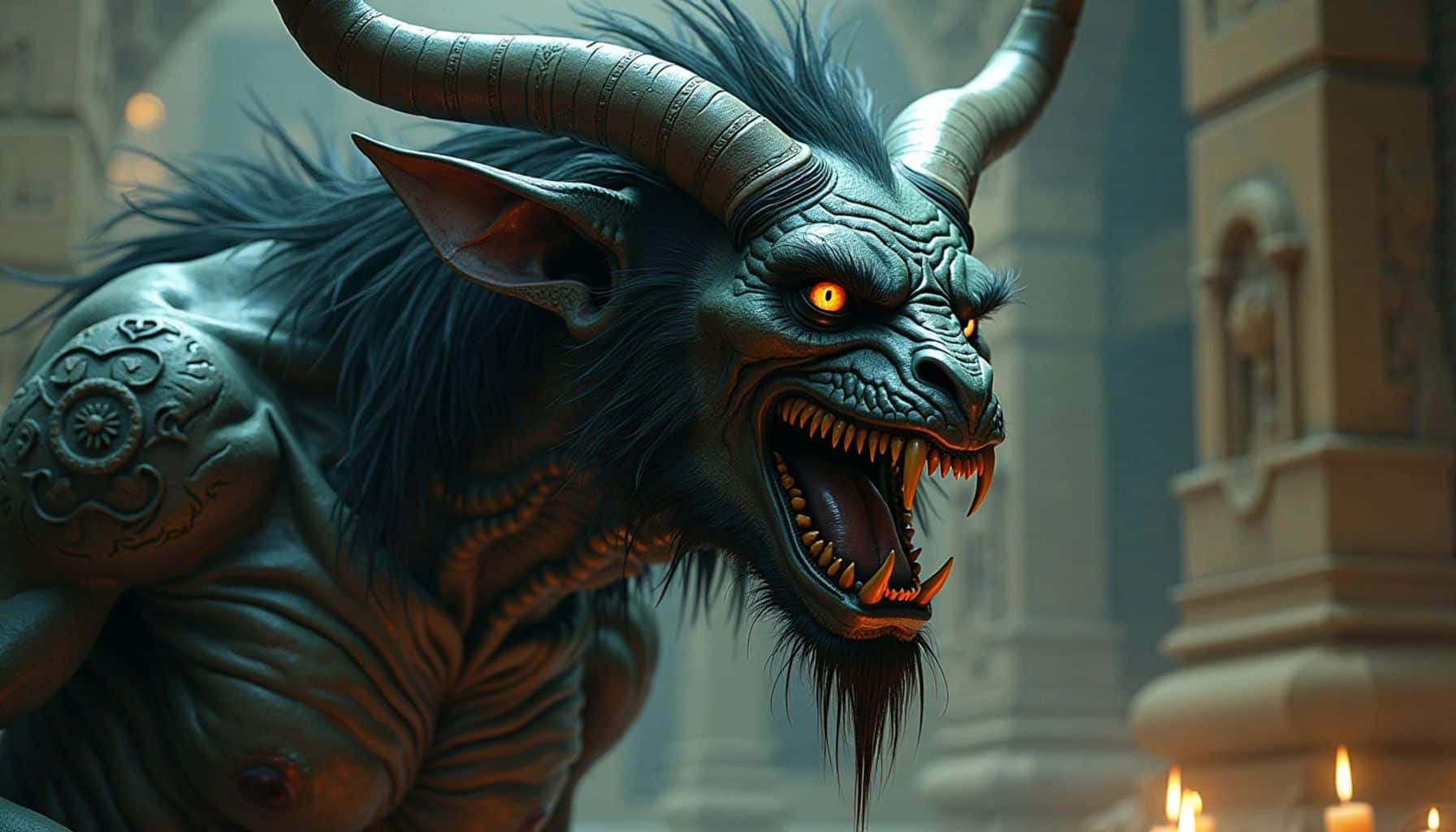In the ancient civilizations of Babylonia and Assyria, magic and religion were deeply intertwined. The people of Chala viewed magic as a powerful tool, wielded by priests and sorcerers alike, to navigate the complexities of life, death, and the supernatural. This article explores the fascinating yet dark aspects of their magical practices and beliefs.
Key Takeaways
- Magic and religion were indistinguishable in ancient Mesopotamia.
- Priests held significant power as both religious leaders and practitioners of magic.
- Various rituals and spells were used to combat demons and diseases.
- The concept of vampires and evil spirits was prevalent in Babylonian culture.
- The legacy of Babylonian magic can be seen in modern practices.
The Intertwining of Magic and Religion
In ancient Mesopotamia, the lines between magic and religion were blurred. The asipu, a title for sorcerers, was part of the priesthood, indicating that magic was often employed for religious purposes. The priests, known as shangu maku, acted as gatekeepers between the human and divine realms.
The literature of Chala is rich with references to magic, showcasing spells and incantations that resemble those used by medieval European magicians. This suggests that the magical practices of ancient Mesopotamia laid the groundwork for later magical traditions.
The Role of Priests and Sorcerers
The priesthood in Babylon was multifaceted, with various titles indicating different roles:
- Asipu: Sorcerer or exorcist.
- Shangu Maku: High priest.
- Ishibu: Wizard or magician.
- Mushu: Diviner.
These priests performed rituals to invoke the gods and combat evil spirits. They were seen as powerful figures, capable of influencing the forces of nature and the supernatural.
The Dark Side of Magic
Magic in Babylon was not without its dangers. The baru, or seers, practiced divination, while the ishipu dealt with taboos and performed atonement rituals. However, the unprofessional sorcerers, often viewed with suspicion, faced dire consequences if accused of wrongdoing. The Code of Hammurabi even dictated harsh penalties for those found guilty of sorcery.
Babylonian Vampires and Evil Spirits
The concept of vampires was not foreign to the Babylonians. They believed in various malevolent spirits, including the seven evil spirits that tormented humanity. These spirits were often depicted as vampires, draining the life force from their victims. The ancient texts describe them as relentless and merciless, embodying the fears of the people.
The Influence of Babylonian Magic on Modern Practices
The magical practices of ancient Mesopotamia have left a lasting legacy. Many modern magical traditions can trace their roots back to Babylonian rituals. The use of names and incantations, believed to hold power, is a common thread that connects ancient and contemporary practices.
Rituals and Spells
Babylonian magic involved a variety of rituals and spells aimed at healing, protection, and divination. Some notable practices included:
- Hepatoscopy: Divination through the examination of animal livers.
- Exorcism: Rituals to cast out evil spirits.
- Purification: Water rituals to cleanse individuals of curses.
These rituals often involved intricate preparations and the use of specific ingredients believed to enhance their effectiveness.
The Legacy of the Anunnaki
The Anunnaki, a group of deities in Babylonian mythology, were often associated with magic and the supernatural. Their influence can be seen in various aspects of Babylonian life, from medicine to rituals. The belief in their power shaped the way people approached magic and the divine.
Conclusion
The magic and demonology of ancient Mesopotamia reveal a complex interplay between belief, power, and the supernatural. The legacy of these practices continues to resonate in modern magical traditions, reminding us of the enduring fascination with the mystical and the unknown. As we explore the dark side of ancient Mesopotamian magic, we uncover not only the fears and beliefs of a bygone era but also the roots of our contemporary understanding of magic and the supernatural.




